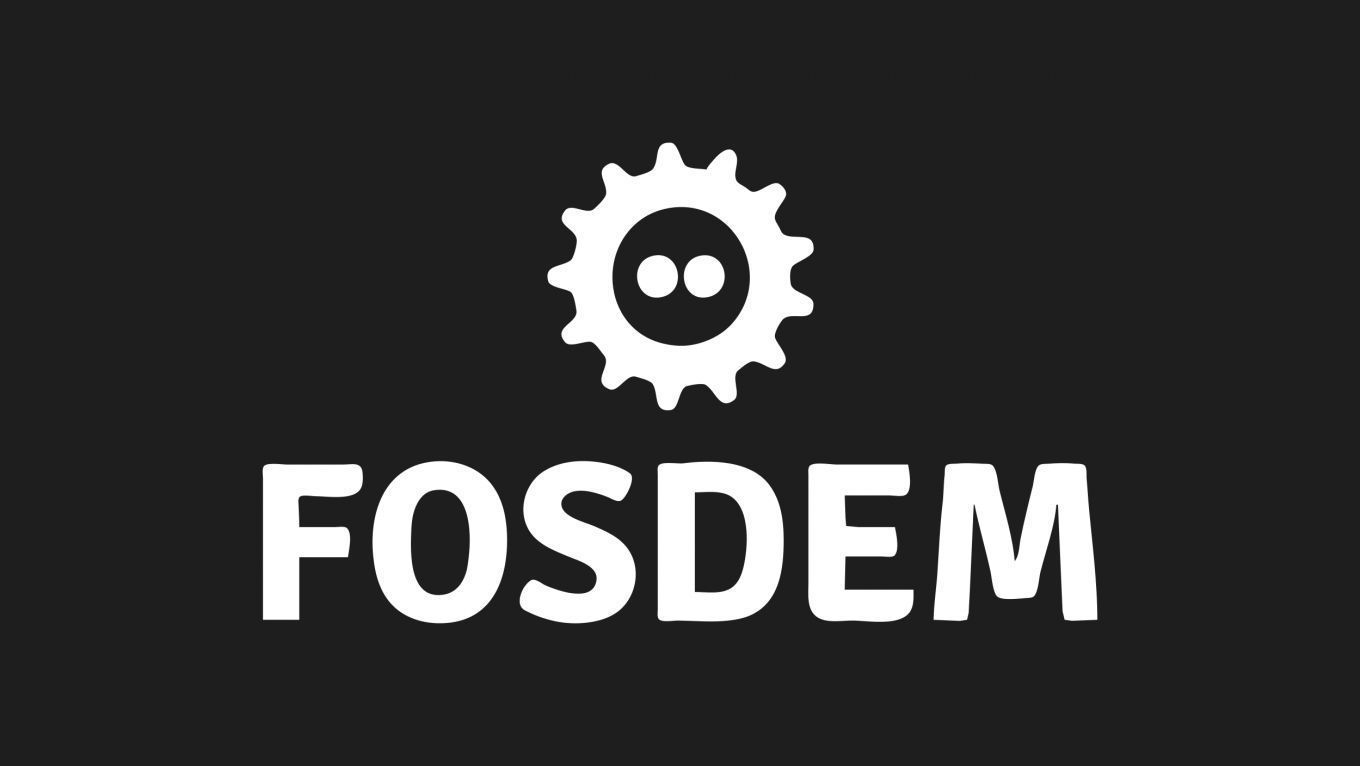Microkernel and Component-based OS
Introduction
February 5, 2022
10:40 AM – 10:50 AM Add to calendar
10:40 AM – 10:50 AM Add to calendar
D.microkernel
<p>Welcome talk and introduction to the Microkernel and Component-based OS devroom at FOSDEM 2022.</p>
Additional information
| Type | devroom |
|---|
More sessions
| 2/5/22 |
<p>Concurrent code is hard to get right, but at the same time also hard to test. It gets worse when hardware interaction is required. This leads to a comparatively poor culture of unit testing in kernel code, where both come together.</p> <p>In this talk, I’m going to highlight one particular method of unit testing the page table manipulation code in Hedron, a microkernel written in C++ specially geared towards virtualization workloads. This code safely modifies page tables that are ...
|
| 2/5/22 |
<p>GNU/Hurd is the original Free Software operating system started in the 1980s. Its microkernel design has been evolving over the years and the project has not quite hit mainstream use. I believe this is due to one main reason: the lack of drivers for peripherals and hardware. In this talk, I explain how NetBSD kernel drivers have been reused in a microkernel setting and demonstrate their use to boot up a GNU/Hurd system via a userspace rump disk driver, with a driverless Hurd kernel, gnumach. ...
|
| 2/5/22 |
<p>Driven by the vision of a truly trustworthy smartphone, I dedicated the past year to bringing the component-based Genode OS to the Pinephone. The talk presents my experience story, touching on the hardware, booting, the porting of the kernel, component-architecture concerns, and device drivers.</p>
|
| 2/5/22 |
<p>In this talk, we explore the design of Managarm's microkernel. Managarm is a pragmatic microkernel-based OS with a focus on asynchronous operations. The talk covers various aspects of the microkernel, such as its IPC model, resource management, and user space API. Managarm's microkernel employs a capability-based design to manage hardware resources. In contrast to current mainstream OSes, Managarm's system calls never block but report completion asynchronously whenever possible. This includes ...
|
| 2/5/22 |
<p>Unikernels are hard to debug? Unikernels cannot be easily administrated or monitored? While unikernels have the potential to revolutionize our infrastructures and take cloud computing into the next era, many worry that unikernels cannot be seamlessly integrated into today’s development and production workflows. At the Unikraft team, we are heavily working on addressing these concerns and changing the status quo. Although unikernels are monolithic bundles of only necessary kernel functions ...
|
| 2/5/22 |
<p>Serverless computing facilitates the use of resources without the burden of administering and maintaining infrastructure. The simplification of IaaS appears ideal (in theory) but providers and users are presented with several challenges: providers aim to reduce infrastructure maintenance overheads; users require isolation, flexibility and programming freedom.</p> <p>Serverless deployments are mostly backed by sandboxed containers. To enable programming freedom for users, providers allow the ...
|
| 2/5/22 |
<p>UX/RT is a new QNX-like OS based on the seL4 microkernel, with improvements in security and reliability over mainstream systems as well as several features they lack, while still maintaining a high degree of compatibility with and comparable performance to existing operating systems. Similar to QNX, UX/RT will be a single-personality Unix-like OS with fast synchronous kernel IPC, a lightweight IPC transport layer, services looked up through the filesystem, and an avoidance of vertical ...
|

